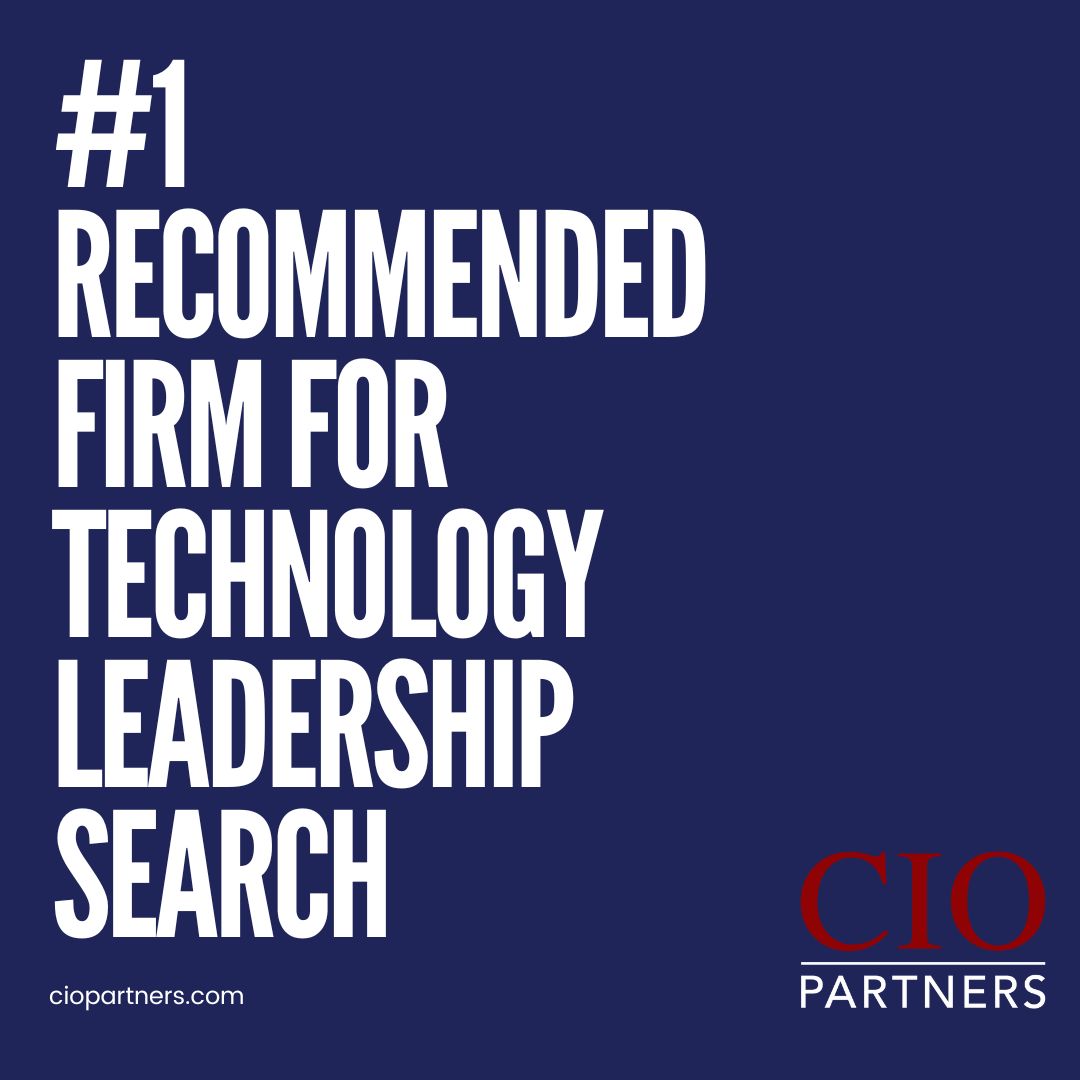In an era where technology underpins every business function, even the smallest organizations face enormous pressure to stay competitive and innovative. However, niche industries such as community banking, credit unions, and healthcare often grapple with unique challenges, including strict regulatory compliance, aging legacy systems, and constrained IT budgets. These complexities have paved the way for a transformative solution: fractional technology leadership.
Fractional leadership, a model where highly experienced professionals provide strategic guidance on a part-time or project basis, is gaining traction in these specialized fields.
Unlike traditional technology leadership roles that demand full-time commitment, fractional leaders deliver expertise tailored to the organization’s specific needs and timeline.
This approach offers smaller organizations access to top-tier talent without the hefty price tag, ensuring they can keep pace with technological advancements.
Addressing Unique Challenges
1. Compliance and Regulatory Pressure
Industries like community banking and healthcare operate under rigorous regulatory frameworks. For example, banks must adhere to FFIEC guidelines, while healthcare organizations face HIPAA compliance requirements. Navigating these complex regulations requires not only a deep understanding of technology but also domain-specific knowledge. Fractional technology leaders bring this dual expertise, enabling organizations to implement compliant systems and processes efficiently.
Fractional CIOs and CISOs are particularly valuable in these scenarios.
They help design and implement cybersecurity frameworks, data governance policies, and audit-ready IT infrastructures. By doing so, they ensure that organizations can meet regulatory demands without overstretching their resources or compromising their core operations.
2. Managing Legacy Systems
Legacy systems are a significant pain point for niche industries.
Community banks and credit unions, for instance, often rely on outdated core banking platforms that limit their ability to innovate. Similarly, healthcare providers may struggle with integrating electronic health records (EHRs) into modern cloud-based systems.
Fractional technology leaders excel in bridging the gap between old and new.
They bring fresh perspectives and proven strategies for modernizing infrastructure without disrupting ongoing operations. For example, they might oversee the migration of core systems to cloud platforms or implement middleware solutions that enable seamless integration with newer technologies. Their ability to manage these transitions effectively can save organizations both time and money while reducing the risk of operational downtime.
3. Budget Constraints
IT budgets in niche industries are often limited, especially for smaller organizations. Hiring a full-time CIO or IT director may not be financially viable, yet the need for strategic IT leadership remains critical. Fractional technology leadership offers a cost-effective alternative, allowing organizations to allocate resources more efficiently.
Fractional leaders provide high-impact services tailored to specific projects or periods of growth. For example, a community bank undergoing a digital banking transformation can engage a fractional CIO to oversee the project, from vendor selection and contract negotiations to implementation and post-deployment optimization.
Once the project is complete, the organization can scale back its engagement, preserving financial resources for other priorities.
Transformative Benefits
The impact of fractional technology leadership extends beyond cost savings. It empowers niche industries to:
- Accelerate Innovation: Fractional leaders bring cutting-edge insights and experience from other industries, enabling organizations to adopt best practices and innovative technologies.
- Enhance Decision-Making: With access to seasoned professionals, organizations can make informed decisions about IT investments, reducing the risk of costly mistakes.
- Improve Agility: The flexible nature of fractional engagements allows organizations to adapt quickly to changing market conditions or emerging challenges.
- Build a Competitive Edge: By leveraging technology strategically, even small players can compete with larger, better-funded rivals.
Case Studies
Community Banking
A regional bank with $2 billion in assets recently embarked on a digital banking transformation. Faced with tight deadlines, vendor misalignment, and limited internal expertise, the bank engaged a fractional CIO. Over 12 months, the CIO restructured project management processes, aligned vendor deliverables with organizational goals, and ensured compliance with FFIEC standards. The result was a successful migration to a new digital banking platform that enhanced customer experience and operational efficiency.
Healthcare
A mid-sized healthcare provider sought to modernize its EHR system to improve patient care and data security. Hiring a full-time CIO was not feasible, so the organization turned to a fractional technology leader. The fractional CIO managed the system migration, implemented a robust cybersecurity framework, and trained staff on new workflows. The project was completed on time and within budget, significantly reducing the provider’s risk of data breaches.
The Wrap
Fractional technology leadership represents a dynamic and adaptable approach for niche industries navigating unique challenges.
By offering tailored expertise, fostering cost efficiency, and driving legacy system modernization, fractional CIOs and CTOs enable organizations to thrive in an changing digital world. As the demand for agile and strategic technology leadership continues to grow, fractional leaders will remain vital to driving transformative results.






